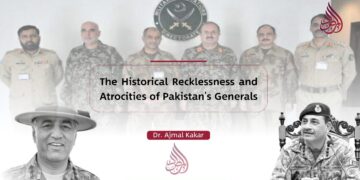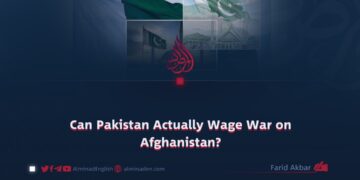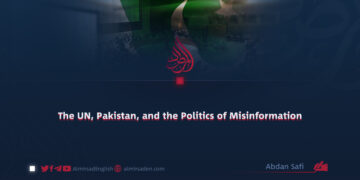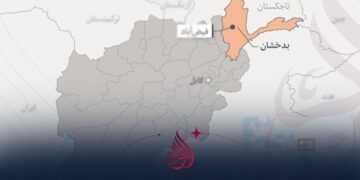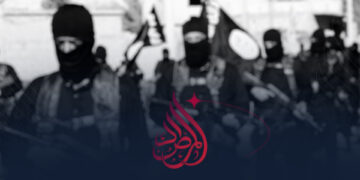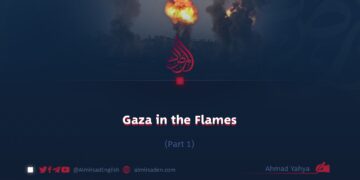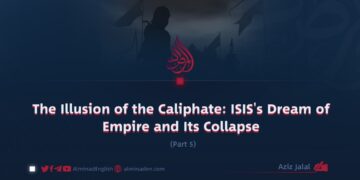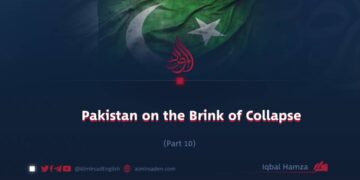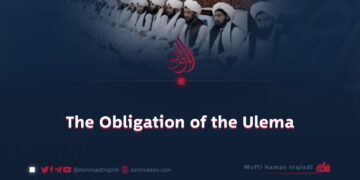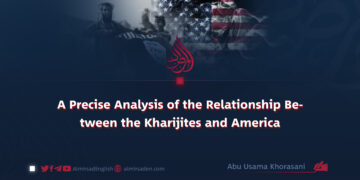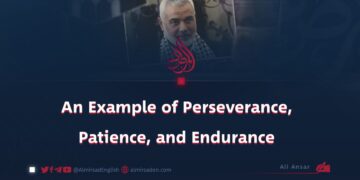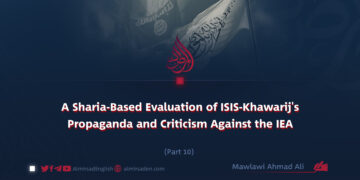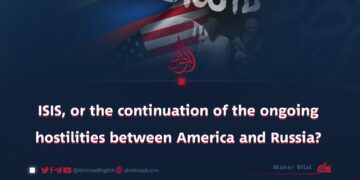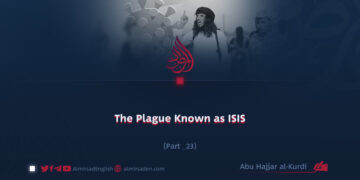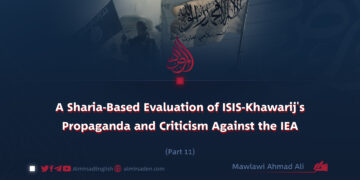Part 2
By Bashir Liwal
Foundations of the Rise of the Modern-Day Khawarij
ISIS, often described as the modern-day Khawarij, emerged as the product of intertwined social, political, economic, and psychological factors. Like a destructive machine, it drew vulnerable youth into its ranks. The group was not a sudden phenomenon but the result of years of groundwork laid in crisis-ridden societies.
On the social front, tribal and traditional communities that were at odds with modernity provided fertile ground for extremist ideologies to take root. Young people who neither identified fully with traditional norms nor found a place in the modern world became easy prey for extremist recruiters. ISIS exploited this disoriented generation by presenting itself as a safe haven where they could supposedly regain identity and belonging.
Politically, the systematic oppression and injustices of authoritarian regimes ignited deep anger among many Middle Eastern youth. ISIS and its affiliates redirected this political anger into religious hostility, turning protest energy into a destructive force. By distorting concepts such as jihad and the “struggle against oppression,” they falsely sanctified violence as a divine mission.
Regional crises, particularly the occupation of Iraq and the war in Syria, further enabled ISIS to portray itself as the defender of the oppressed. In reality, however, it became the very oppressor of the same communities it claimed to protect. Economically, poverty and chronic unemployment served as powerful tools of recruitment.
In deprived regions of Iraq and Syria, where even the hope of securing simple work had vanished, ISIS lured young men with promises of financial support and welfare. Many foreign fighters did not join out of religious conviction but rather for the attractive salaries. ISIS effectively transformed war into an economic enterprise, where looting became a primary source of income. Ironically, this unstable revenue system, built on theft and exploitation, ultimately paved the way for the group’s decline and collapse.
Perhaps the most decisive dimension, however, was psychological. ISIS skillfully exploited feelings of loneliness, identity crises, and existential emptiness. In Europe, migrant youth who were neither fully integrated into Western society nor able to reconnect with their ancestral cultures became easy targets. By offering them a manufactured identity and a false sense of belonging, ISIS filled their emotional voids.
For many of these young recruits, ideology was not the driving force. What they sought was meaning, purpose, and excitement. ISIS targeted these needs by producing enticing videos that depicted life under its so-called caliphate as adventurous and fulfilling.
Conclusion
The experience of ISIS demonstrates that the fight against extremism cannot be won through military means alone. It requires addressing the root causes across all dimensions. Only by fostering social justice, ensuring political stability, creating economic opportunities, and promoting psychological well-being can societies prevent the re-emergence of such groups.
The Khawarij of both past and present have always thrived on inequality and despair. The true path to confronting them lies not in temporary suppression, but in building communities where no young person feels compelled to turn to extremism in search of identity or meaning.

